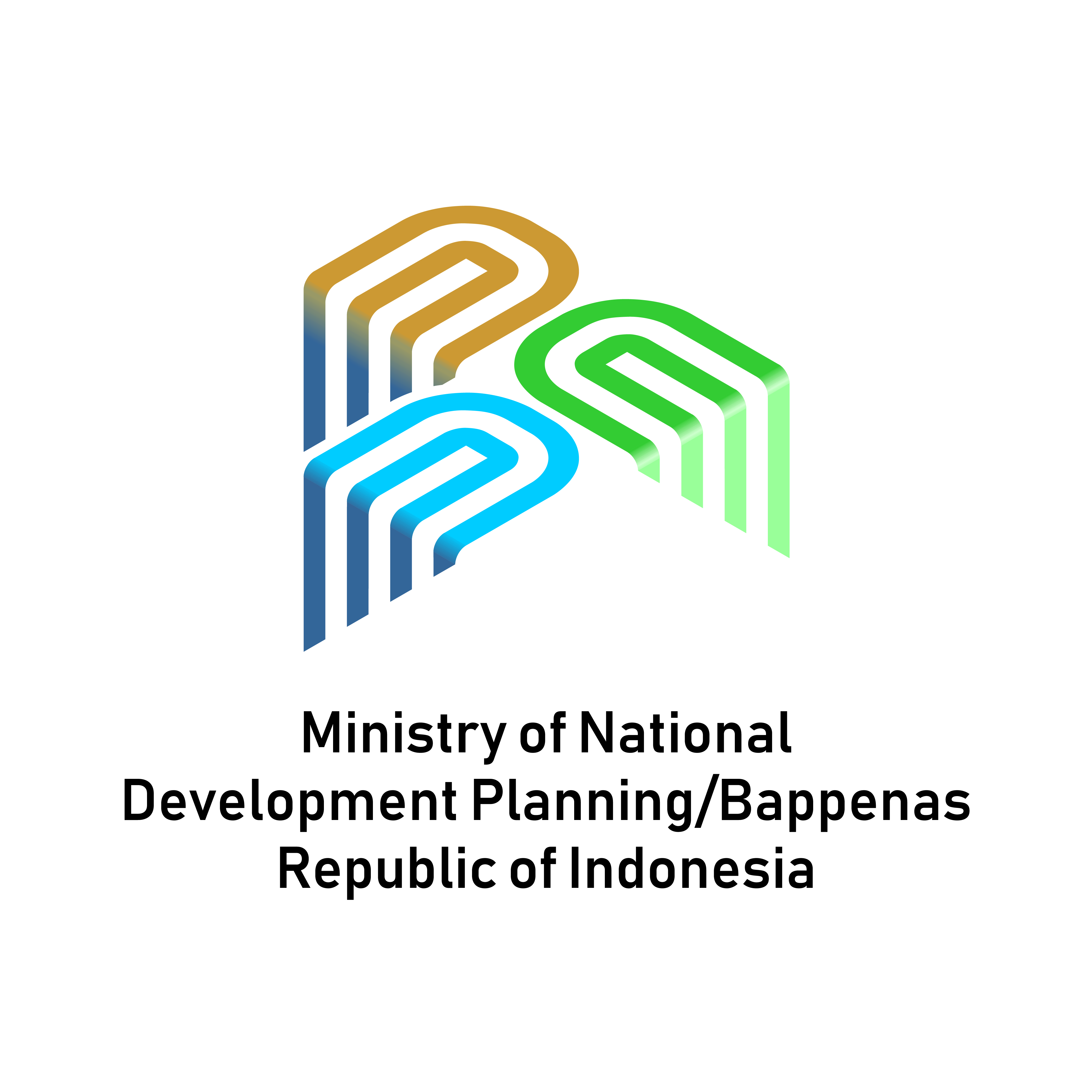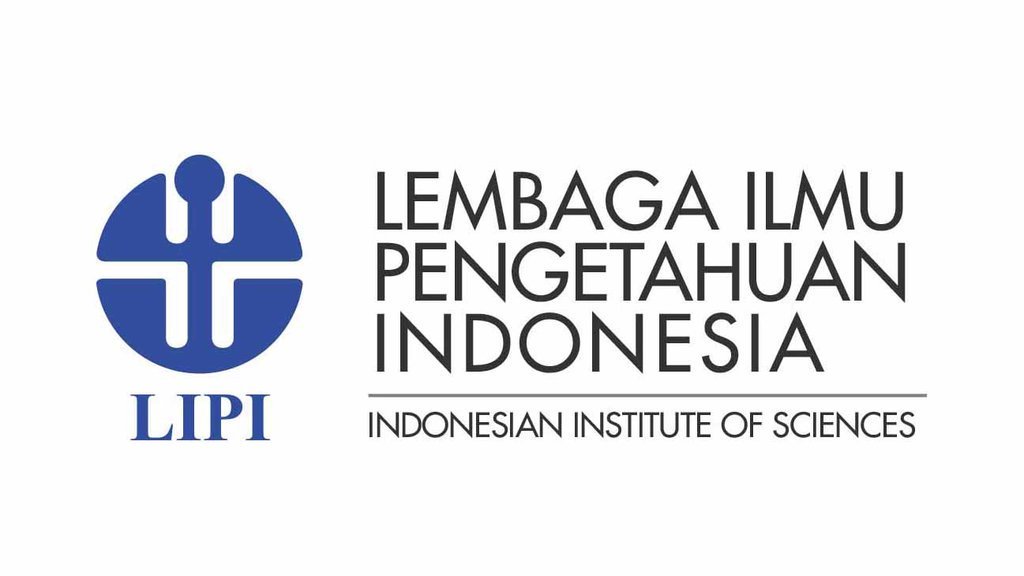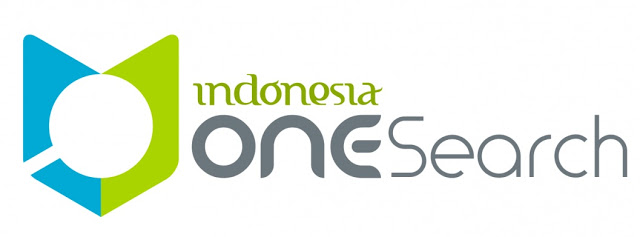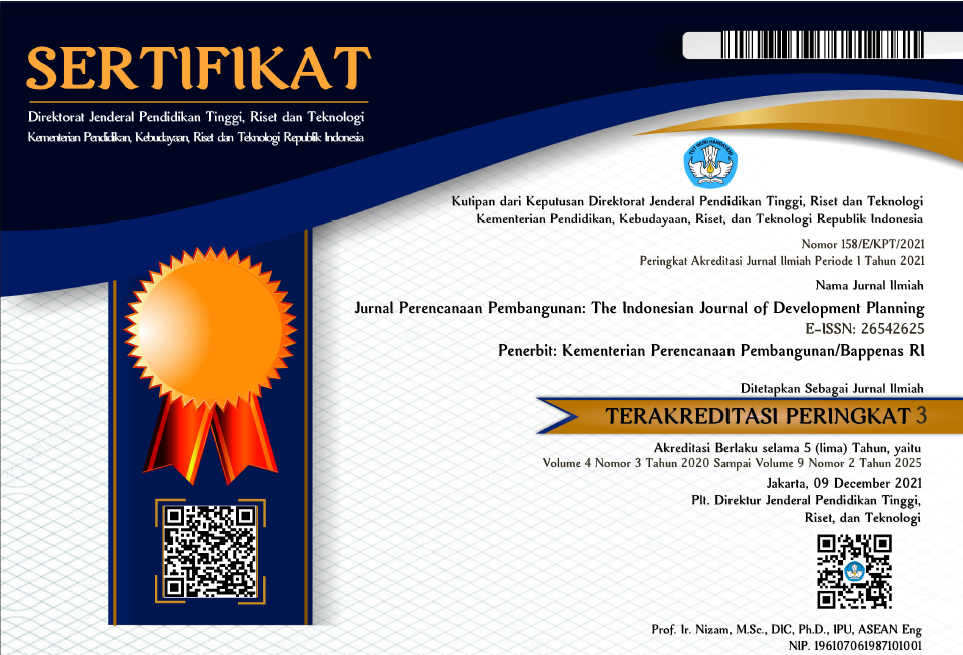Overview of Poverty Mentality, Social Assistance Interpretation, and Anomalies among Beneficiary Families of Direct Cash Assistance (BLT) in Bondowoso, East Java
DOI:
https://doi.org/10.36574/jpp.v8i3.613Keywords:
Poverty Mentality, Bondowoso, Beneficiary Family, Direct Cash AssistanceAbstract
Bondowoso Regency is one of the areas in East Java with a high level of extreme poverty. The government, as a policy holder, has allocated funds to address this issue. Cash assistance in the form of Direct Cash Assistance (BLT) has been distributed on a large scale to alleviate poverty. However, poverty and the recipients of BLT in Bondowoso Regency continue to increase from year to year. Researchers indicate the presence of other factors within the community that perpetuate poverty, known as poverty mentality. Poverty Mentality is defined as the mindset and attitude of individuals who see themselves as financially poor and limited, leading them to feel trapped in a cycle of negative thinking and struggling to overcome adversity. This study aims to describe Poverty Mentality among BLT recipients and identify the meaning of BLT for them. The research uses phenomenological research methods with snowball sampling techniques. The Atlas.ti tool is also used to enhance research objectivity. The research findings show that the depiction of Poverty Mentality can be identified through the cognitive, emotional, and behavioral tendencies of informants who show a tendency to become complacent with the assistance provided. Meanwhile, the meaning of BLT itself is categorized into six aspects: a source of income, provision, opportunity opener, right of the poor, privilege, and savior. On the other hand, researchers have found anomalies among BLT recipients in Bondowoso, which may be a concern for local policymakers.
Downloads
References
Ahmad, B. (2022). Dampak Kultur Terhadap Lifestyle Masyarakat Nelayan (Analisis Kemiskinan Kultural pada Masyarakat Nelayan). Copi Susu: Jurnal Komunikasi, Politik & Sosiologi, 4(1), 1–17.
Badan Pusat Statistik. (2023). Profil Kemiskinan di Indonesia Maret 2023. https://www.bps.go.id/pressrelease/2023/07/17/2016/profil-kemiskinan-di- indonesia-maret-2023.html.
Badan Pusat Statistik Kabupaten Bondowoso. (2022). Kemiskinan 2020-2022. https://bondowosokab.bps.go.id/indicator/23/46/1/kemiskinan.html.
Baqri, A. R., Putra, J. S., & Karimullah, K. (2021). Hubungan Antara Dukungan Religius Dengan Kualitas Hidup Pada Remaja Miskin. Indonesian Journal for The Psychology of Religion, 1(1), 23–32.
BPK Perwakilan Provinsi Jawa Timur. (2024). Kabupaten Bondowoso. https://jatim.bpk.go.id/kabupaten-bondowoso/.
De Bruijn, E.-J., & Antonides, G. (2022). Poverty and economic decision making: a review of scarcity theory. Theory and Decision, 92(1), 5–37.
Dewi, R., & Andrianus, H. F. (2021). Analisis pengaruh kebijakan bantuan langsung tunai (BLT) terhadap kemiskinan di indonesia periode 2005-2015. Menara Ilmu: Jurnal Penelitian Dan Kajian Ilmiah, 15(2).
Dinas Sosial Kabupaten Bondowoso. (2023). Penerima BLT Kabupaten Bondowoso.
Faritz, M. N., & Soejoto, A. (2020). Pengaruh pertumbuhan ekonomi dan rata-rata lama sekolah terhadap kemiskinan di Provinsi Jawa Tengah. Jurnal Pendidikan Ekonomi (JUPE), 8(1), 15–21.
Haushofer, J., & Fehr, E. (2014). On the psychology of poverty. Science, 344(6186), 862–867.
Henry, J. (2022). Why Poverty Mentality Matter for Achieving the First Sustainable Development Goals (SDGS) in Nigeria. FORCE: Focus on Research in Contemporary Economics, 3(2), 357–367.
Indah, Y., & Kartasasmita, S. (2017). Gambaran learned helplessness wanita tuna susila yang mengalami kekerasan. Jurnal Muara Ilmu Sosial, Humaniora, Dan Seni, 1(2), 11–23.
Kata Data. (2022). Indeks Kedalaman Kemiskinan Turun Menjadi 1,67 pada September 2021. https://databoks.katadata.co.id/datapublish/2022/01/19/indeks-kedalaman-kemiskinan-turun-menjadi-167-pada-september-2021#:~:text=No.&text=Badan%20Pusat%20Statistik%20(BPS)%20mencatat,penduduk%20miskin%20juga%20semakin%20menyempit.
Kata Data. (2023). Penduduk Miskin Indonesia Berkurang pada Maret 2023, Terendah sejak Pandemi. https://databoks.katadata.co.id/datapublish/2023/07/17/.
Maier, S. F., & Seligman, M. E. P. (2016). Learned helplessness at fifty: Insights from neuroscience. Psychological Review, 123(4), 349.
Manuaba, I. M. P. (2019). Kemiskinin Kultural dalam Kehidupan Warga Miskin Beragama Hindu di Kabupaten Karangasem. Unhi Press.
Matthews, K. (2022). What Is Poverty Mindset and How to Get out of Poverty Mentality? https://catalystforbusiness.com/what-is-poverty-mindset-and-how-to-get-out-of-poverty-mentality/.
Menteri Sosial Republik Indonesia. (2018). Peraturan Menteri Sosial Republik Indonesia Nomor 1 Tahun 2018. https://peraturan.bpk.go.id/Home/Download/120868/PERMENSOS%20NOMOR%20%201%20TAHUN%202018.pdf.
Moustakas, C. (1994). Phenomenological research methods. Sage publications.
Mullainathan, S., & Shafir, E. (2013). Scarcity: Why having too little means so much. Macmillan.
Muttaqin, A., & Ismail, I. (2023). Kemiskinan Kultural Kemiskinan Kultural Masyarakat Nelayan di Desa Panipahan Kecamatan Pasir Limau Kapas. Jurnal Sosiologi Agama Indonesia (JSAI), 4(2).
Pakpahan, Y. M., Suryadarma, D., & Suryahadi, A. (2009). Destined for destitution: intergenerational poverty persistence in Indonesia. Chronic Poverty Research Centre Working Paper, 134.
Ronzani, C. M., da Costa, P. R., da Silva, L. F., Pigola, A., & de Paiva, E. M. (2020). Qualitative methods of analysis: an example of Atlas. TITM Software usage. Revista Gestão & Tecnologia, 20(4), 284–311.
Ryan, R. M., & Vansteenkiste, M. (2023). Self-determination theory. In The Oxford Handbook of Self-Determination Theory (pp. 3–30). Oxford University Press.
Sari, E. D. K. (2023). Metodologi Penelitian Ilmu Sosial. https://www.researchgate.net/profile/Eva-Dwi-Kumala-Sari/publication/365090561_METODOLOGI_PENELITIAN_ILMU_SOSIAL/links/648a796f7fcc811dcdce4ea0/METODOLOGI-PENELITIAN-ILMU-SOSIAL.pdf.
Sesillia, L. (2020). Kesejahteraan psikologis (psychological well-being) pada masyarakat miskin. Doctoral Dissertation, Universitas Islam Negeri Sultan Syarif Kasim Riau.
Van Den Berk-Clark, C., Myerson, J., Green, L., & Grucza, R. A. (2018). Past trauma and future choices: Differences in discounting in low-income, urban African Americans. Psychological Medicine, 48(16), 2702–2709.
Widyawati, R., Suyono, E., Hasanah, U., & Setiawan, W. (2022). Pengaruh Penyaluran Bantuan Langsung Tunai (BLT), Persepsi Status Wilayah, dan Standar Hidup Terhadap Kesejahteraan Masyarakat Desa Baseh, Kecamatan Kedungbanteng, Kabupaten Banyumas. Proceeding of Midyear International Conference, 1.
Wijaya, R. B. A. (2021). Konsep Diri Pada Masa Dewasa Awal Yang Mengalami Maladaptive Daydreaming. Al-Qalb: Jurnal Psikologi Islam, 12(2), 179–193.
World Bank. (2015). World Development Report 2015: Mind, society, and behavior. In Washington DC: The World Bank. https://doi.org/10.1596/978-1-4648-0342-0. https://doi.org/10.1596/978-1-4648-0342-0
World Bank. (2022). Understanding Poverty. https://www.worldbank.org/en/understanding-poverty.
Zahrawati, F. (2020). Pembebasan jerat feminisasi kemiskinan. AL MA’ARIEF: Jurnal Pendidikan Sosial Dan Budaya, 2(1), 9–16.
Zhou, Y., & Liu, Y. (2022). The geography of poverty: Review and research prospects. Journal of Rural Studies, 93, 408–416.
Downloads
Published
How to Cite
Issue
Section
License
Copyright (c) 2024 Jurnal Perencanaan Pembangunan: The Indonesian Journal of Development Planning

This work is licensed under a Creative Commons Attribution-NonCommercial-ShareAlike 4.0 International License.
This is an open-access article distributed under the terms of the Creative Commons Attribution-NonCommercial-ShareAlike 4.0 International License. Copyright © Kementerian PPN/Bappenas RI

















